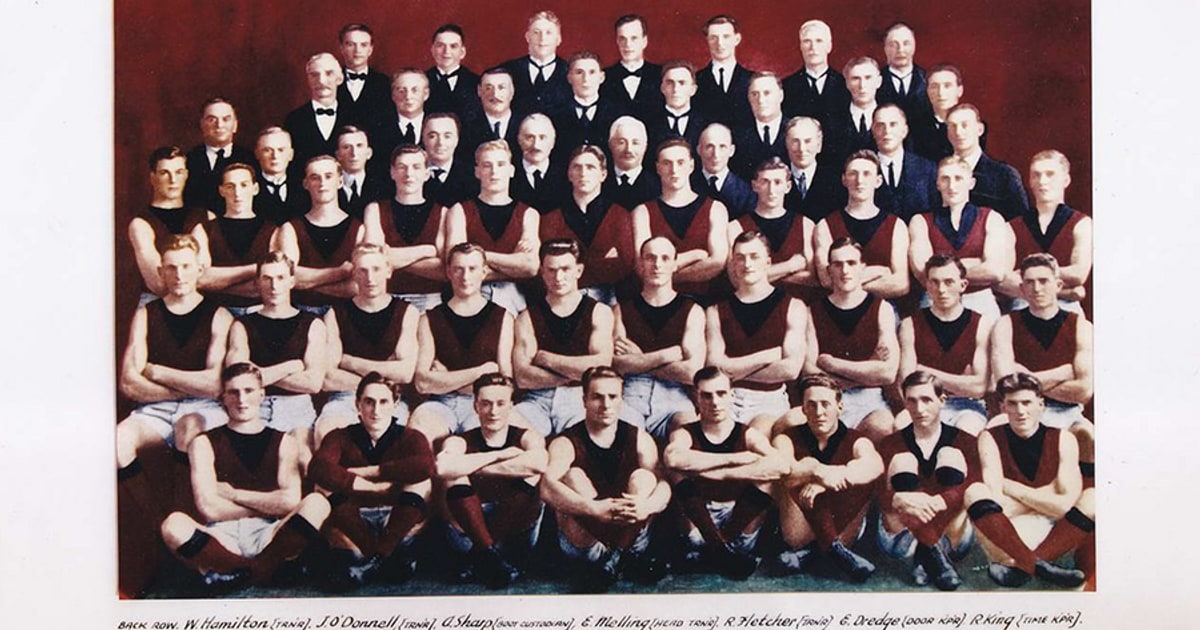It's rival round, and with St. Kilda, Melbourne, the Doggies and North not having any pronounced rivals, I was wondering whether Fitzroy did?
I was only 10 when they folded so do not remember.
Anyone with any knowledge on this topic?
I was only 10 when they folded so do not remember.
Anyone with any knowledge on this topic?





